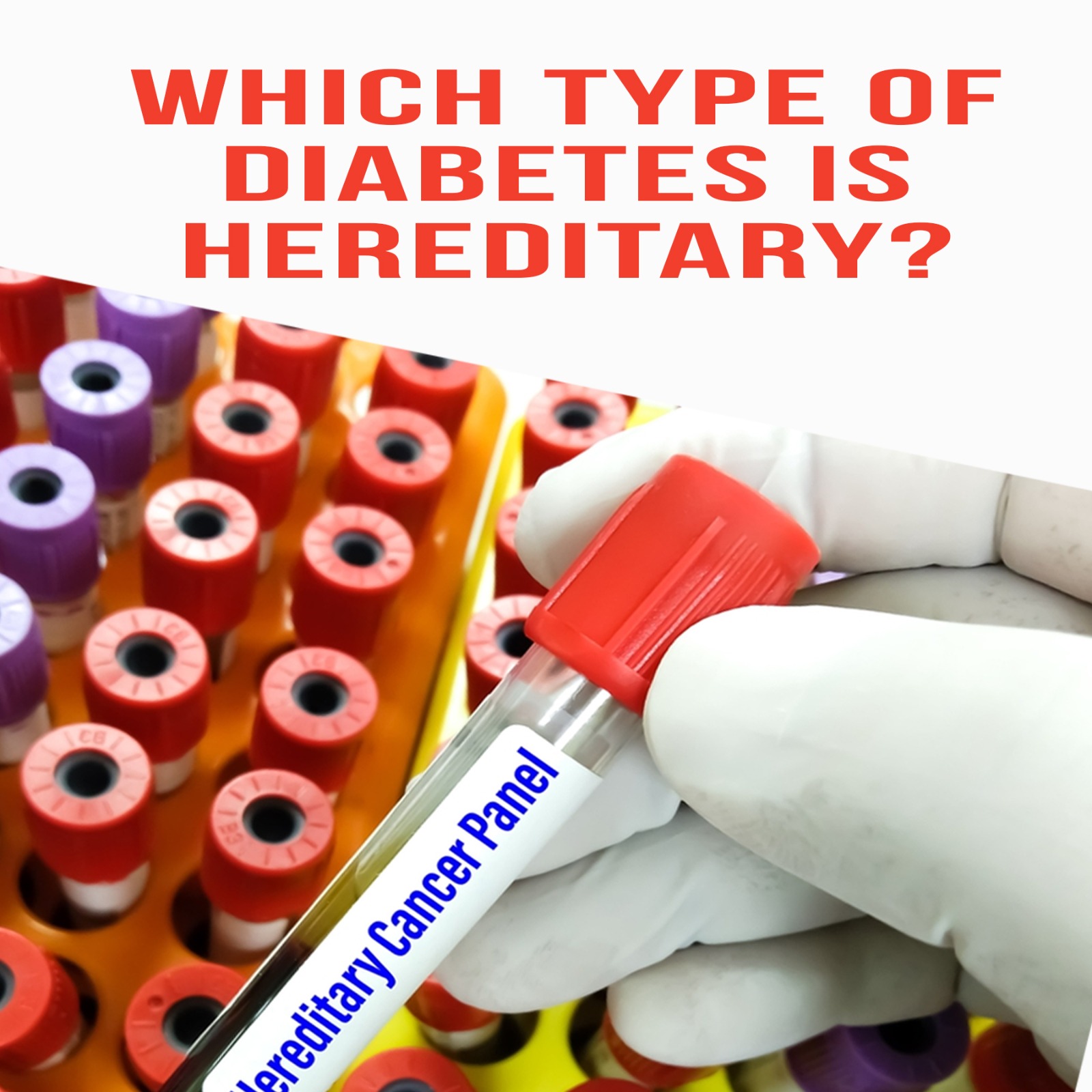
Type 2 diabetes has a hereditary component, yet environmental influences are also significant. While not every individual with a familial background of type 2 diabetes will develop the condition, the likelihood increases if a parent or sibling is affected.
Diabetes is a multifaceted disorder, requiring the convergence of various factors for its onset.
For instance, environmental elements such as obesity and a lack of physical activity contribute to the risk. Additionally, genetic predispositions can affect the likelihood of developing this condition.

The role of genetics
The influence of genetics on type 2 diabetes is notable. If you have received a diagnosis of type 2 diabetes, it is probable that you are not the first in your family to experience this condition. The risk of developing diabetes is heightened if a parent or sibling has been diagnosed. Numerous genetic mutations have been associated with the onset of type 2 diabetes. These mutations can interact with environmental factors and one another, further elevating your risk. The development of type 2 diabetes is attributed to both genetic and environmental influences.
Research has identified several genetic mutations that correlate with an increased risk of diabetes. However, not all individuals carrying these mutations will necessarily develop the disease. Nonetheless, a significant number of those diagnosed with diabetes possess one or more of these genetic variations.
Distinguishing between genetic and environmental risks can be challenging, as the latter is often shaped by familial habits. For instance, parents who maintain a diet rich in nutrients and balance are likely to instill similar eating practices in their children.
Conversely, genetics significantly influences body weight.
Genes responsible for Type -2 Diabetes
- The identification of genes linked to type 2 diabetes has garnered significant attention. Research involving twins indicates a potential genetic component to the development of type 2 diabetes; however, these findings are often confounded by environmental factors that also play a role in diabetes risk.
To date, a variety of mutations have been identified that influence the likelihood of developing type 2 diabetes. While the impact of each individual gene is typically modest, the presence of multiple mutations appears to elevate the overall risk.
Generally, mutations in genes that regulate glucose metabolism can heighten the risk of type 2 diabetes. These genes are involved in several key processes, including:
– Glucose production
– Insulin production and regulation
– The body’s ability to sense glucose levels
Notable genes associated with an increased risk of type 2 diabetes include:
– TCF7L2, which influences insulin secretion and glucose production
– ABCC8, which plays a role in insulin regulation
– CAPN10, which is linked to type 2 diabetes risk among Mexican Americans
– GLUT2, which facilitates the transport of glucose into the pancreas
– GCGR, a glucagon hormone that is crucial for glucose regulation.
Various tests for Genetic diabetes
- Genetic testing for type 2 diabetes is available for certain gene mutations linked to the condition. However, the likelihood of developing type 2 diabetes from any specific mutation remains relatively low.
More reliable indicators of the potential onset of type 2 diabetes include:
– body mass index (BMI)
– family medical history
– elevated blood pressure
– high levels of triglycerides and cholesterol
– previous occurrences of gestational diabetes
CONCLUSION
Understanding the risk factors associated with type 2 diabetes can empower you to implement preventive measures against the disease. It is advisable to discuss your family history of type 2 diabetes with your physician. They can assess whether genetic testing is appropriate for you and assist in mitigating your risk through lifestyle modifications.
Additionally, your physician may recommend regular monitoring of your glucose levels. Such testing can facilitate the early identification of blood sugar irregularities or the emergence of warning signs related to type 2 diabetes. Timely diagnosis and intervention can significantly enhance your prognosis.








